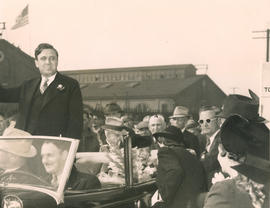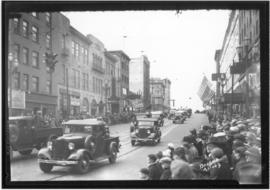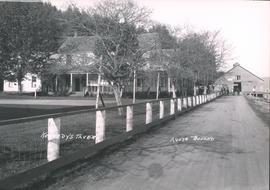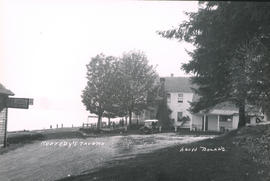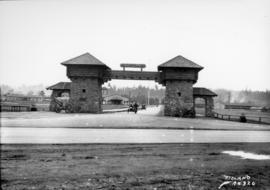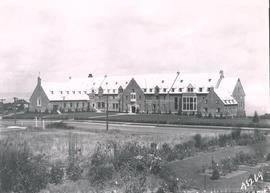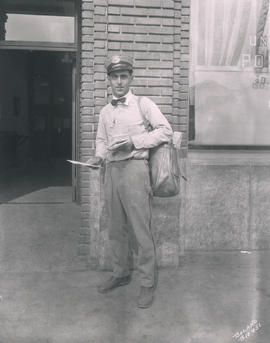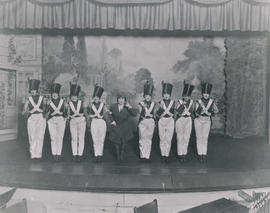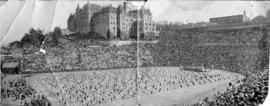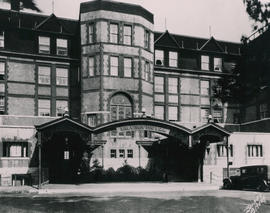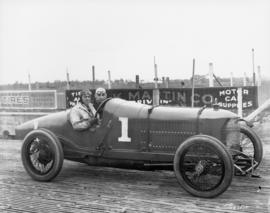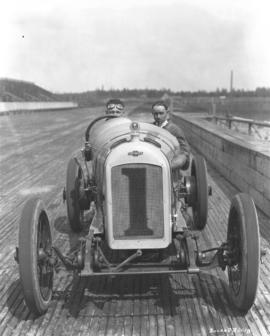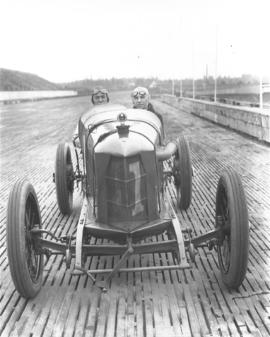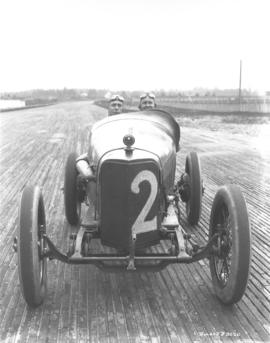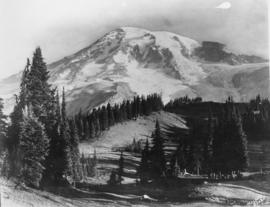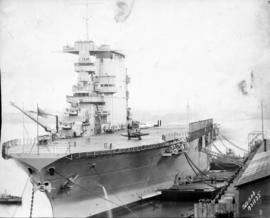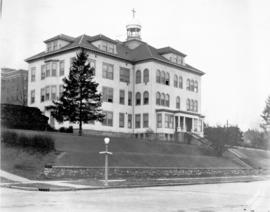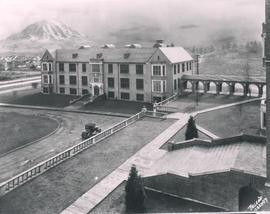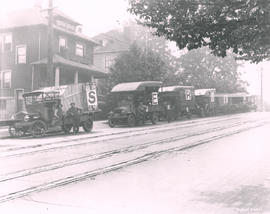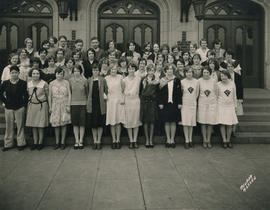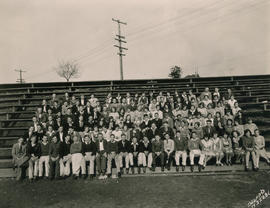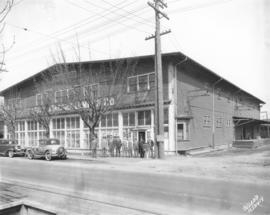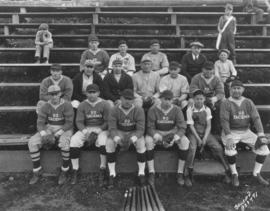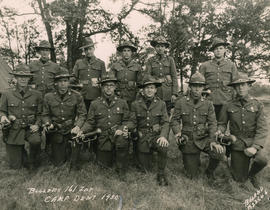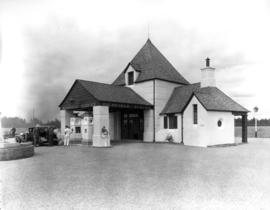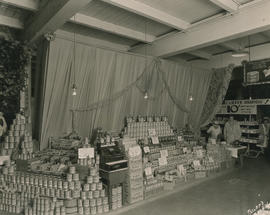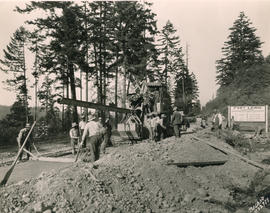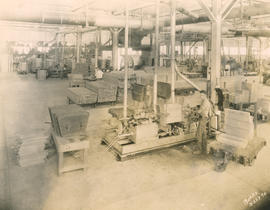R.C. "Cliff" Durant, California millionaire and automobile manufacturer, with his "mechanician" Fred Comer, on the Tacoma Speedway track in July of 1919. Five of the country's best known racing stars came to Tacoma for a one-day-only series of three races. Cliff Durant would join fellow racers Dario Resta, Louis Chevrolet, Eddie Hearne and Ralph Mulford at the Tacoma Speedway on July 4th for a total purse of $15,000. Mr. Durant would pilot his Chevrolet Special No. 1 in the afternoon races. He had qualified third with an average speed of 102.56 mph on July 1st, allowing him to be placed in the front row with Ralph Mulford and top qualifier, "Grandpa" Louis Chevrolet, who was on the pole. The Frontenac team of Chevrolet and Mulford would win all three races with Mr. Chevrolet the winner in the 60 and 80 mile events. Mr. Durant finished second in the first race, the 40-mile event, fourth in the second race, the 60-mile, and third in the final race of 80 miles. (TNT 7-2-19, p. 19-article; 7-5-19, p. 1-article) TPL-106; G51.1-108
Durant, Cliff; Comer, Fred; Tacoma Speedway (Lakewood); Racetracks--Lakewood--1910-1920; Automobile racing--Lakewood--1910-1920; Racing automobiles--1910-1920; Chevrolet automobile;
